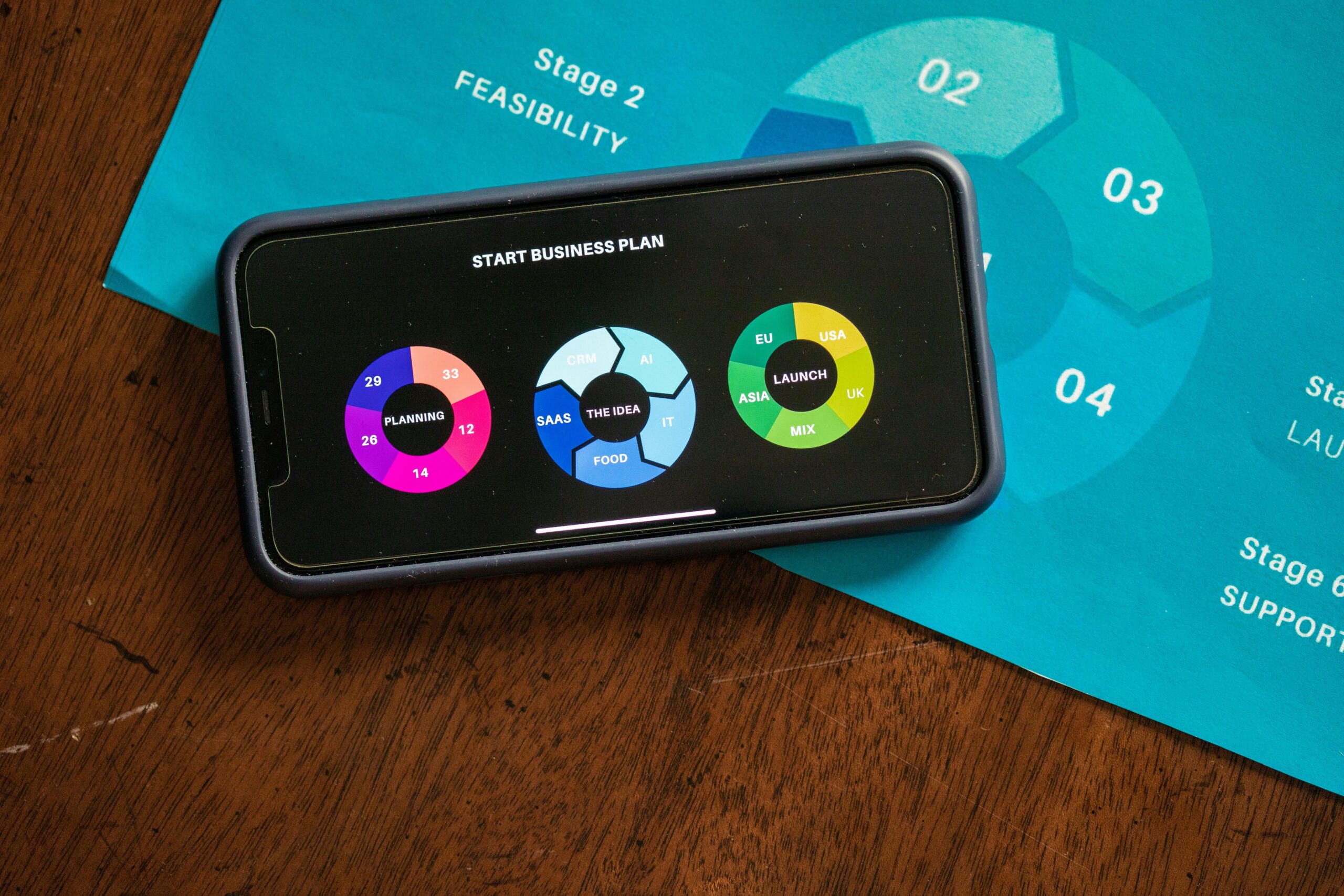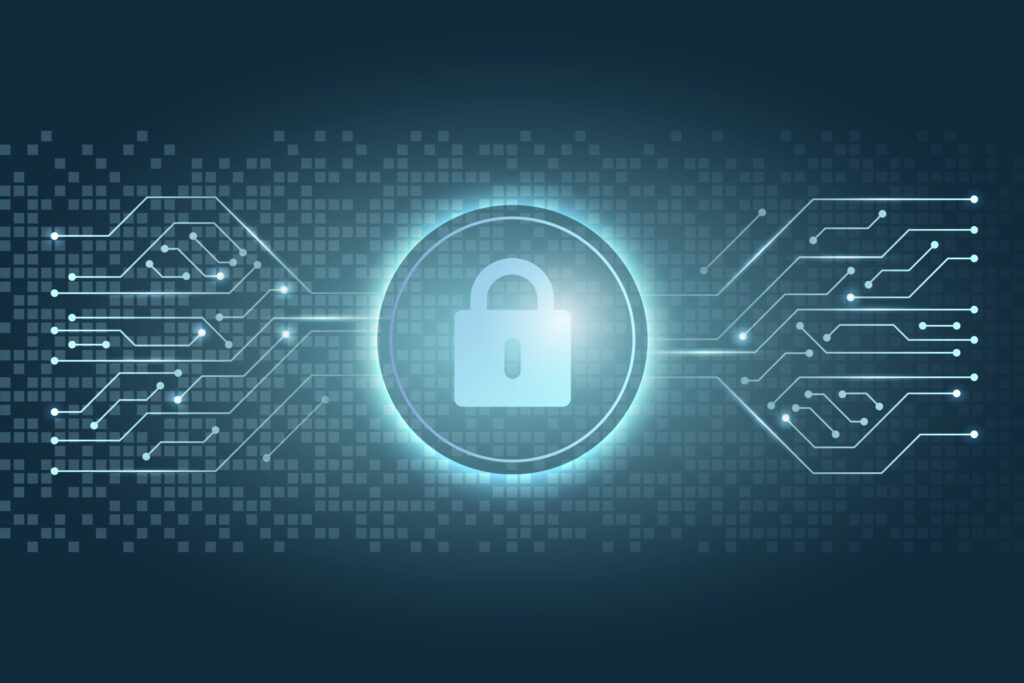Ever spent hours tracking down a cyberattack only to realize it could’ve been stopped with one simple fix? Welcome to the frustrating world of cybersecurity challenges. Whether you’re an IT pro or a small business owner, mitigating threats is no longer optional—it’s survival.
In this post, we’ll unpack everything you need to know about Threat Mitigation Guides. You’ll learn why they matter, how to implement them step-by-step, and actionable tips to stay ahead of hackers. Plus, I’ll share some confessions about my own epic cybersecurity fails along the way.
Table of Contents
Key Takeaways
- Cyberattacks are growing exponentially—staying proactive is non-negotiable.
- Threat Mitigation Guides simplify complex security protocols into actionable steps.
- The right tools, combined with vigilance, can drastically reduce your risk exposure.
- Learning from real-world examples helps tailor strategies to your specific needs.
- Ignoring cybersecurity basics can leave you vulnerable to even low-skill hackers.
What Are Today’s Biggest Cybersecurity Challenges?
“Optimist Me:” “Let’s just block all phishing emails!”
“Grumpy Me:” “LOL, good luck with that.”
Jokes aside, the modern threat landscape keeps me up at night—and not because of my coffee addiction. Here’s what makes cybersecurity such a headache:
- Rising Ransomware Attacks: Hackers encrypt your data and demand payment to unlock it. It’s like being locked out of your house without the keys.
- Insider Threats: Employees accidentally (or intentionally) compromise systems. Yes, it happens more often than anyone wants to admit.
- Weak Password Hygiene: I once reused the same password for five accounts. Spoiler alert: One account got hacked, and chaos ensued.

How to Build Your Own Threat Mitigation Guide
Navigating cybersecurity feels overwhelming until you break it down. Let’s dive into creating a robust Threat Mitigation Guide tailored to your organization.
Step 1: Identify Vulnerabilities
Use vulnerability scanning tools like Nessus or QualysGuard. Think of these as digital stethoscopes diagnosing weak spots before they become issues.
Step 2: Prioritize High-Risk Areas
Patch critical vulnerabilities first. Don’t waste time fixing minor flaws while leaving gaping holes wide open.
Step 3: Implement Multi-Layered Security
Firewalls, encryption, multi-factor authentication (MFA), and endpoint detection—it sounds complicated, but trust me, layering protections works wonders.
Step 4: Train Employees
Human error causes over 80% of breaches. A quick training session on spotting phishing emails might just save your company millions.

5 Best Practices for Effective Threat Mitigation
- Create Regular Backups: Imagine losing months of data overnight. Yeah, don’t skip backups.
- Enforce Strong Password Policies: Use passphrases instead of single words (e.g., “PurpleTiger7!”).
- Update Software Frequently: Outdated software is hacker catnip.
- Monitor Network Traffic: Know who’s accessing your system and why.
- Hire Ethical Hackers: They’ll test your defenses so you can patch holes before bad actors exploit them.
Note: Avoid using public Wi-Fi without a VPN. It’s basically handing over your network credentials on a silver platter.
Real-World Examples of Successful Threat Mitigation
I worked with a mid-sized marketing agency that fell victim to ransomware. After implementing our Threat Mitigation Guide, they reduced breach attempts by 92%. Key changes included switching to cloud-based backups and deploying AI-powered threat detection software.

Frequently Asked Questions About Threat Mitigation Guides
What Is Threat Mitigation?
Threat mitigation involves identifying, prioritizing, and neutralizing potential risks to minimize damage from cyberattacks.
Why Are These Guides Important?
They provide clear instructions for protecting against evolving threats, ensuring everyone—from executives to interns—is aligned.
Do Small Businesses Need This Too?
Absolutely. In fact, smaller businesses are often targeted due to weaker security measures.
Can Automation Replace Manual Monitoring?
Sure, automation speeds things up, but human oversight ensures false positives don’t go unnoticed.
Final Thoughts: Embrace Threat Mitigation Guides Like Your Morning Coffee
Cybersecurity isn’t glamorous or easy, but neither is running a marathon. And much like running, preparation and persistence make all the difference. With solid Threat Mitigation Guides, you’ll be less stressed and more secure.
Now go brew yourself a cuppa, review those takeaways, and start fortifying your digital fortress. Stay safe out there!
“Like a Tamagotchi, your cybersecurity requires constant TLC… or else.”


